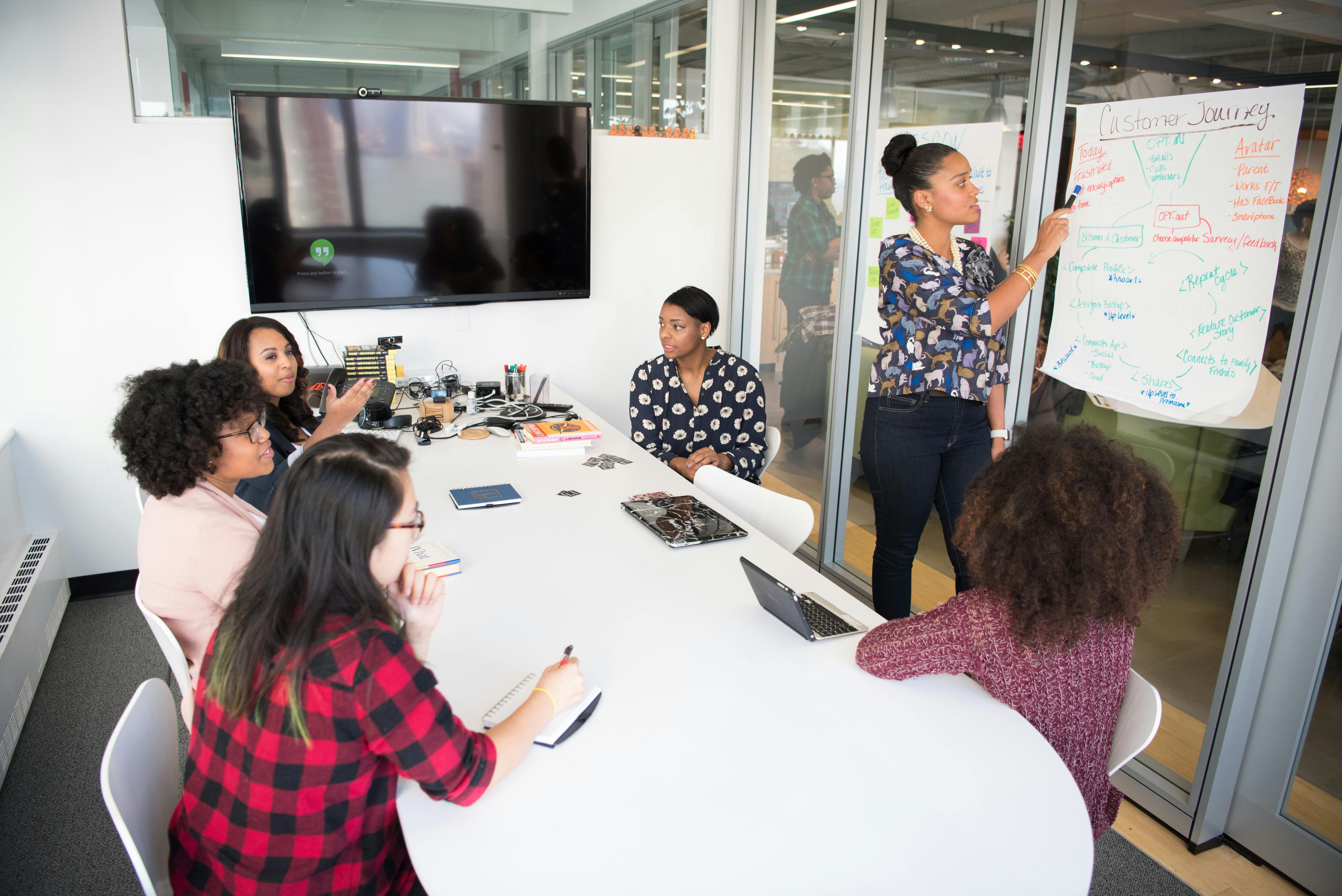
Capability Building

According to a study by the Harvard Business Review, firms that focus on capability building are more likely to be successful than those that don't. But what is capability building, and how can firms go about doing it? In this blog post, we'll explore the concept of capability building and how firms can go about developing the capabilities they need to be successful. We'll also discuss some of the challenges firms face when trying to build capability and how to overcome them.
How do you create a capability-building program roadmap for freshers and laterals to contribute equally to ultimate business growth
A capability-building program roadmap helps freshers and laterals to contribute equally to the growth of a business. It includes the following steps:
1. Define the business goals and objectives.
2. Assess the current capabilities of employees.
3. Identify the gaps in employee skills and knowledge.
4. Develop a plan to fill those gaps through training, development, and experiences.
5. Implement the plan and monitor results.
How learning & development is the core part of capability building for freshers and laterals for better opportunities in a firm
Organizations invest in learning and development (L&D) to build the capabilities of their workforce and enable them to meet current and future business demands. L&D helps individuals acquire the knowledge, skills, and competencies they need to be successful in their roles. It also aids in the development of new capabilities that can be leveraged to achieve organizational objectives.
Freshers and lateral hires are often overwhelmed by the challenges of their new roles. Learning & development can help them overcome these challenges by providing opportunities to develop the necessary skills and knowledge. Additionally, L&D can help freshers and lateral hires adapt to their new organizations by providing insights into the culture, values, and expectations of the organization.
L&D is a critical part of capability building for freshers and lateral hires. It helps individuals acquire the skills and knowledge they need to be successful in their roles and adapt to their new organizations. Organizations that invest in L&D are able to build a capable workforce that can meet current and future business demands.
What do you think is the right way to quantify the intangible nature of capabilities to plan and predict estimated business growth over a period
When it comes to predicting and planning for future business growth, there is no one-size-fits-all answer. The right approach will vary depending on the specific capabilities involved and the nature of your business. However, there are some general principles that can help you quantify the intangible nature of capabilities and plan for estimated growth over a period.
First, consider the impact of each capability on your business growth. How does it contribute to your bottom line? What are the risks and opportunities associated with each capability? What are the costs and benefits of developing or expanding each capability?
Second, think about how each capability can be measured. What metric can you use to track progress and performance? How can you compare different capabilities against each other?
Third, consider what data you need to support your predictions and plans. This may include financial data, customer data, market data, or internal data from your own operations. Make sure you have a clear understanding of how each type of data can be used to inform your decisions.
Finally, remember that predicting and planning for future business growth is an iterative process. As your business evolves and changes, so too will your approach to quantifying intangible capabilities. By revisiting these principles on a regular basis, you can ensure that your plans remain relevant and accurate over time.
What is the capability-building solutions to bring new hires into the tribe and make them more productive and billable resources to the firm
There are many capability-building solutions that can bring new hires into the tribe and make them more productive and billable resources to the firm. Some of these solutions include:
1. Providing training and development opportunities - This can help new hires learn the ropes of the company culture and become more productive members of the team.
2. Creating mentorship programs - Having a mentor can help new hires feel more comfortable in their new environment and also help them develop skills more quickly.
3. Implementing job shadowing programs - Job shadowing can give new hires a chance to see how experienced employees perform their duties, and learn from their example.
4. Offering career planning assistance - Helping new hires map out their career paths within the company can help them feel more vested in their work, and also ensure that they are making progress towards their goals.
5. Encouraging networking opportunities - Getting new hires involved in company events and social activities can help them meet other employees and build relationships that will make them more effective in their jobs.
If you want to learn more about Capability Building, please watch our recent webinar
Capability-Building For Freshers And Laterals And Its Impact On Business Success
https://youtu.be/zDR-17eGwbQ



.webp)
